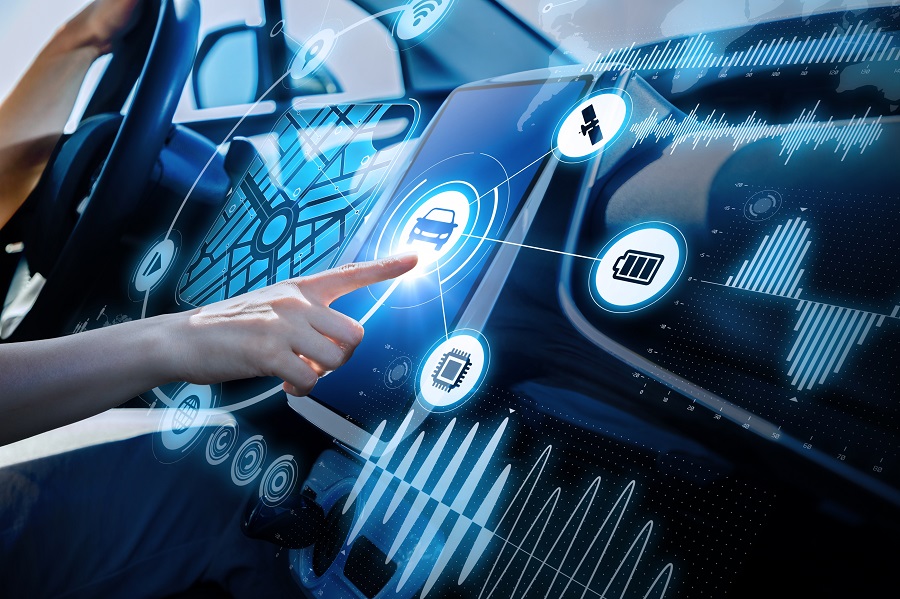With traditional buttons seemingly axed across the board, GM is developing self-cleaning touch screens to keep our car interiors looking fresh.
Clammy fingerprints are one of the most aesthetically annoying parts of modern life. With touch screens now the norm, those unsightly greasy smudges are everywhere; from smartphones, to tablets, and more recently even our car interiors too.
However, General Motors appears to have found a solution. According to a recent patent application, GM has devised a new form of self-cleaning touch screen tech. Pretty sci-fi, right?
And no, this isn’t just some futuristic concept work, this is genuine technology that exists today, and evidently could be coming to your next car pretty soon. So, how exactly does it work?

How Does GM’s Self-Cleaning Touch Screen Work?
The key is ultraviolet light. See, self-cleaning tech actually already exists in industries that have a more pressing need for it. Some hospitals, for instance, use a type of UV light to help disinfect their surfaces. Naturally though, there are a few differences between the medical-grade solutions and what GM is proposing for its cars. We won’t get into the minutiae of it here, but what you need to know is that the GM system is designed to operate with a bunch of ultraviolet LEDs embedded within the touch screen.
On the exterior surface, the touch screen is then coated in ‘photocatalytic’ material. Essentially, UV light activates this fancy coating, turning it hydrophilic. In turn, it then absorbs moisture from the air which it uses to kill off organic material (fingerprint smudges, and whatever else) on the screen. And don’t worry about those LEDs causing distractions for the driver, either – the type of UV light chosen should be invisible to the human eye.
If you scan the GM documents in greater detail, you’ll also find mention of possible further functions that the tech may have. For instance, this tech could reach a point of development which allows for the scheduling of cleaning cycles, or even zone-specific cycles which would target areas of the screen that receive the most usage.
Overall, what we’re looking at is the potential for a world without soiled touch screens, and that should definitely be cause for celebration.








